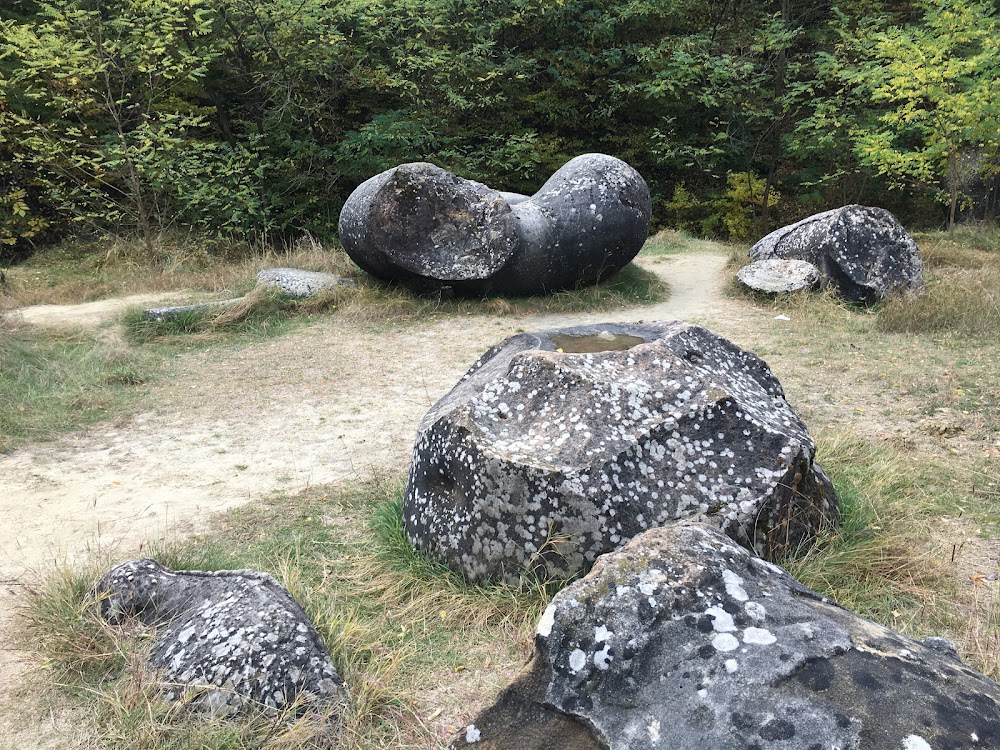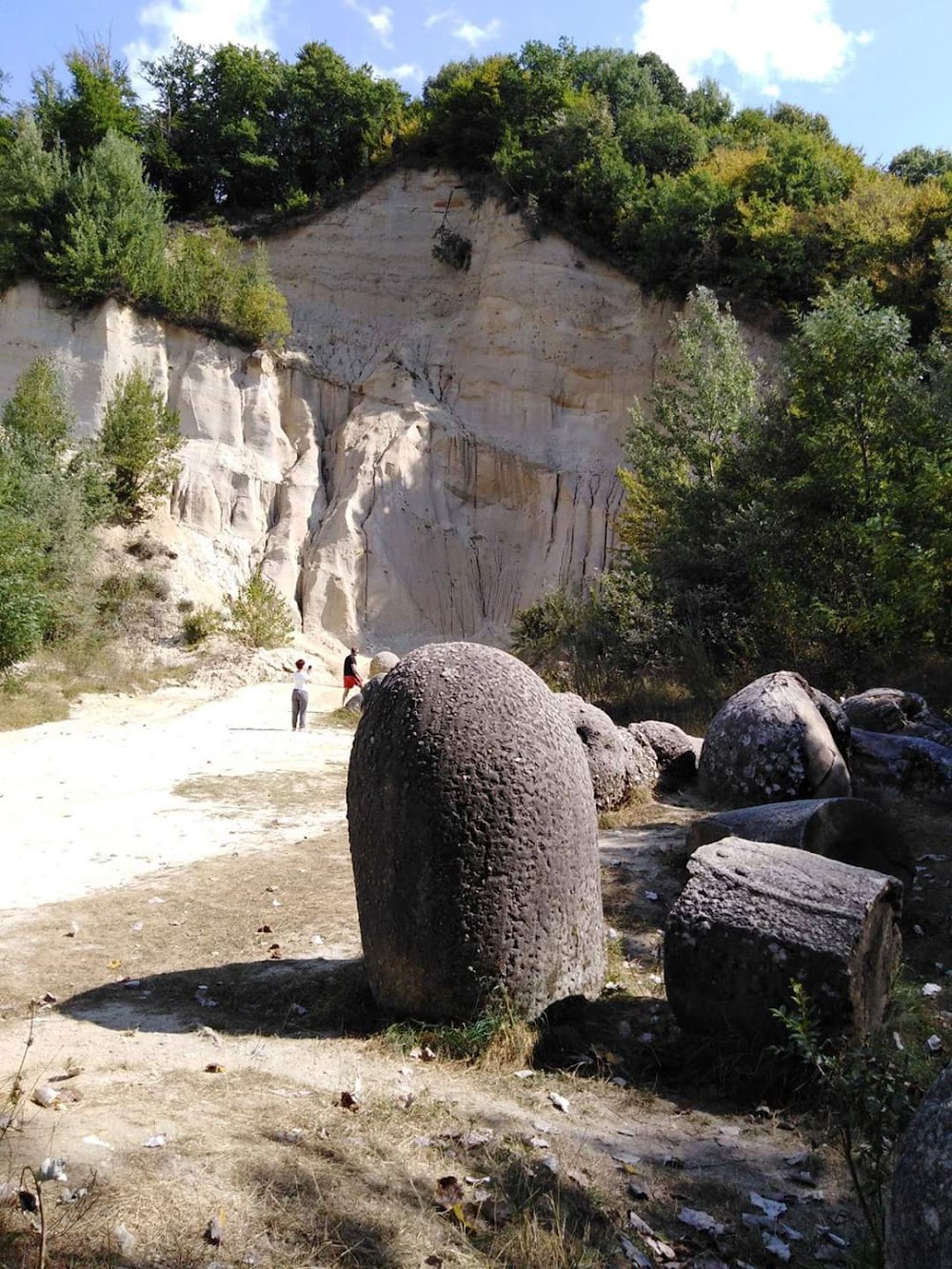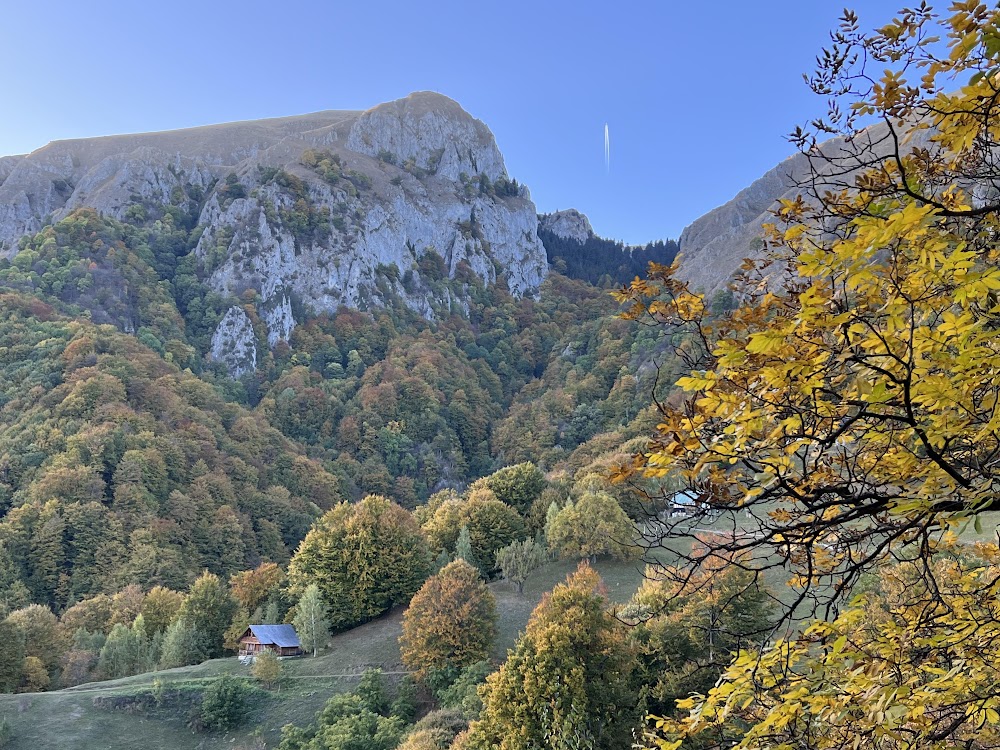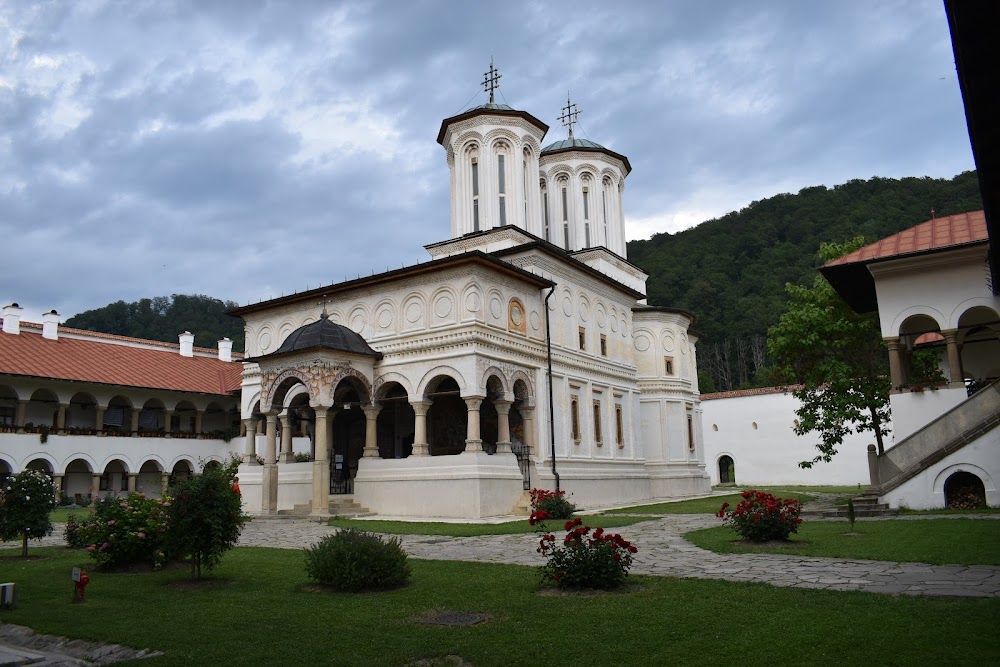Trovanți Museum Natural Reserve (Rezervația Naturală Muzeul Trovanților)
Overview
Tucked away in the picturesque Vâlcea County of Romania is the Muzeul Trovanților, also known as the Trovants Museum Natural Reserve. This unique outdoor gallery is dedicated to the fascinating geological formations known as trovants. These captivating stones provide a glimpse into the wonders of nature and the planet's ancient history.
Trovants are cemented sand concretions that exhibit spherical and ellipsoidal shapes. While they can be found in various regions worldwide, the trovants in Vâlcea are particularly remarkable for their size and unusual growth patterns. At first glance, they may appear to be just an ordinary collection of stones, but each formation carries a mysterious and captivating story waiting to be uncovered.
The formation of trovants began millions of years ago during the Miocene period. Over time, layers of sand and gravel were compacted and cemented together by water rich in calcium carbonate. This chemical process resulted in the perplexing stones we see today. What makes trovants especially intriguing is their seemingly supernatural ability to "grow" and "move". Though it might sound mythical, this phenomenon is a natural occurrence related to the absorption of rainwater, causing a slight expansion of the outer layers.
Officially established in 2005, the Trovants Museum Natural Reserve aims to preserve and showcase these geological wonders. The initiative was spearheaded by local geologists and environmental activists passionate about conserving this unique natural heritage. The site is now protected under Romanian law, ensuring that the trovants remain safe from human interference.
Upon entering the reserve, visitors are greeted by an open landscape dotted with these enigmatic stones. Some trovants are as small as pebbles, while others can reach several meters in diameter. Each stone tells its own story, etched with grooves and patterns that have evolved over millennia, inviting exploration and curiosity.
Visitors can follow a well-marked trail throughout the reserve, complete with informative panels in both Romanian and English. These panels provide insights into the geological processes behind trovants, making the experience educational and engaging for visitors of all ages.
The reserve also features a small yet well-maintained visitor center, where guests can delve deeper into the world of trovants through multimedia exhibits and samples of various formations. Brochures and souvenirs are available for those wishing to take a piece of this unique experience home with them.
Beyond its geological significance, the Muzeul Trovanților serves as a point of interest within the broader context of Vâlcea County. The area is renowned for its natural beauty, featuring rolling hills, clear rivers, and diverse wildlife. Many visitors take the opportunity to explore nearby attractions, such as the Cozia Monastery and the scenic Olt River Valley.
Over the years, the Trovants Museum Natural Reserve has gained popularity, drawing not only geologists and researchers but also tourists from around the globe. Its unique blend of natural wonder and scientific intrigue makes it a must-visit location for anyone traveling through Romania.
Whether you're a geology enthusiast or someone who simply appreciates the marvels of nature, the Muzeul Trovanților in Vâlcea County offers an unforgettable exploration of Earth’s ancient history encapsulated in stone. It's a journey that promises to inspire and educate, leaving visitors with memories that will last a lifetime.







